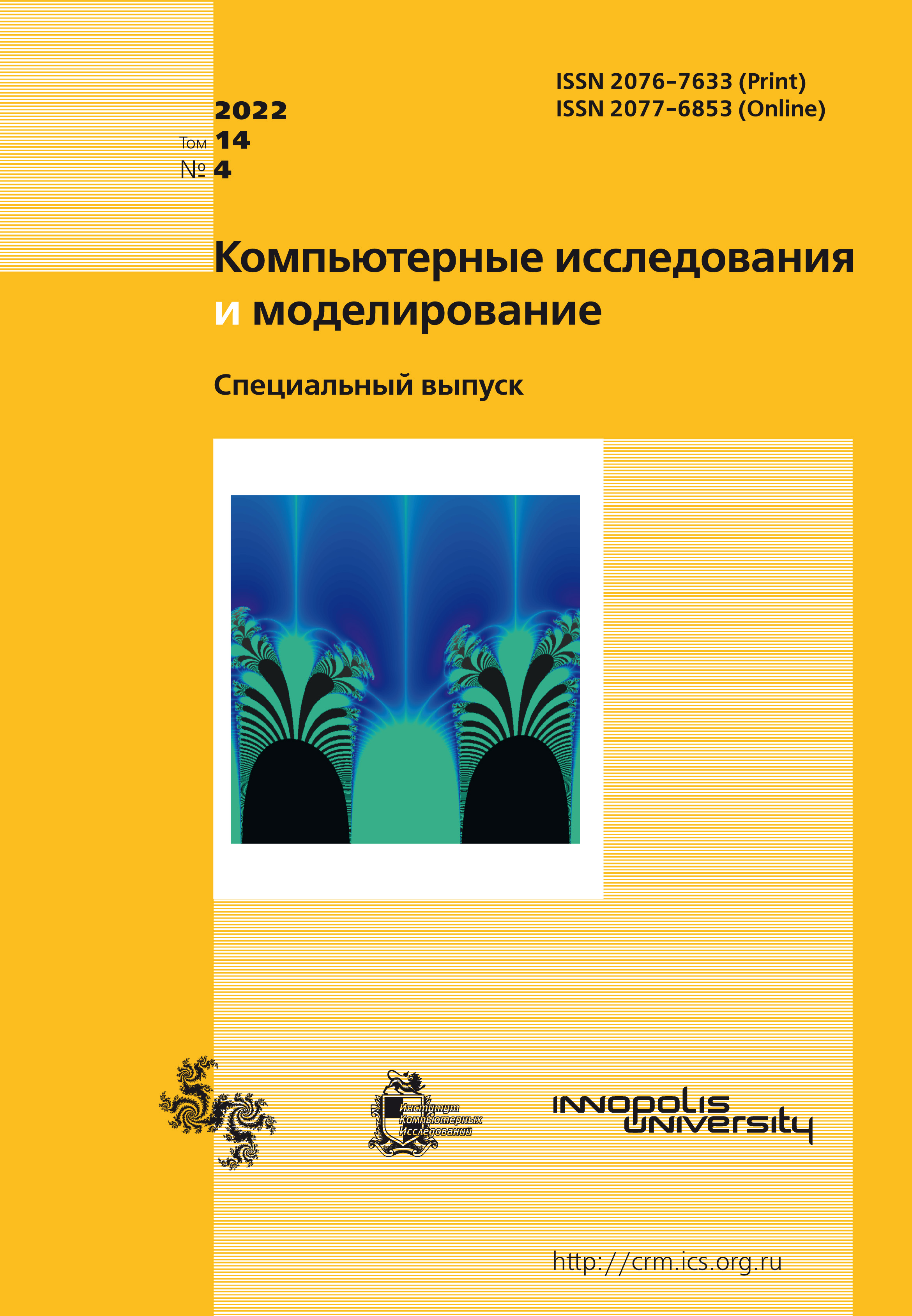All issues
- 2024 Vol. 16
- Issue 1 (special issue)
- 2023 Vol. 15
- 2022 Vol. 14
- 2021 Vol. 13
- 2020 Vol. 12
- 2019 Vol. 11
- 2018 Vol. 10
- 2017 Vol. 9
- 2016 Vol. 8
- 2015 Vol. 7
- 2014 Vol. 6
- 2013 Vol. 5
- 2012 Vol. 4
- 2011 Vol. 3
- 2010 Vol. 2
- 2009 Vol. 1
Calculation of transverse wave speed in preloaded fibres under an impact
 pdf (234K)
pdf (234K)
The paper considers the problem of transverse impact on a thin preloaded fiber. The commonly accepted theory of transverse impact on a thin fiber is based on the classical works of Rakhmatulin and Smith. The simple relations obtained from the Rakhmatulin – Smith theory are widely used in engineering practice. However, there are numerous evidences that experimental results may differ significantly from estimations based on these relations. A brief overview of the factors that cause the differences is given in this article.
This paper focuses on the shear wave velocity, as it is the only feature that can be directly observed and measured using high-speed cameras or similar methods. The influence of the fiber preload on the wave speed is considered. This factor is important, since it inevitably arises in the experimental results. The reliable fastening and precise positioning of the fiber during the experiments requires its preload. This work shows that the preload significantly affects the shear wave velocity in the impacted fiber.
Numerical calculations were performed for Kevlar 29 and Spectra 1000 yarns. Shear wave velocities are obtained for different levels of initial tension. A direct comparison of numerical results and analytical estimations with experimental data is presented. The speed of the transverse wave in free and preloaded fibers differed by a factor of two for the setup parameters considered. This fact demonstrates that measurements based on high-speed imaging and analysis of the observed shear waves should take into account the preload of the fibers.
This paper proposes a formula for a quick estimation of the shear wave velocity in preloaded fibers. The formula is obtained from the basic relations of the Rakhmatulin – Smith theory under the assumption of a large initial deformation of the fiber. The formula can give significantly better results than the classical approximation, this fact is demonstrated using the data for preloaded Kevlar 29 and Spectra 1000. The paper also shows that direct numerical calculation has better corresponding with the experimental data than any of the considered analytical estimations.
Indexed in Scopus
Full-text version of the journal is also available on the web site of the scientific electronic library eLIBRARY.RU
The journal is included in the Russian Science Citation Index
The journal is included in the RSCI
International Interdisciplinary Conference "Mathematics. Computing. Education"






